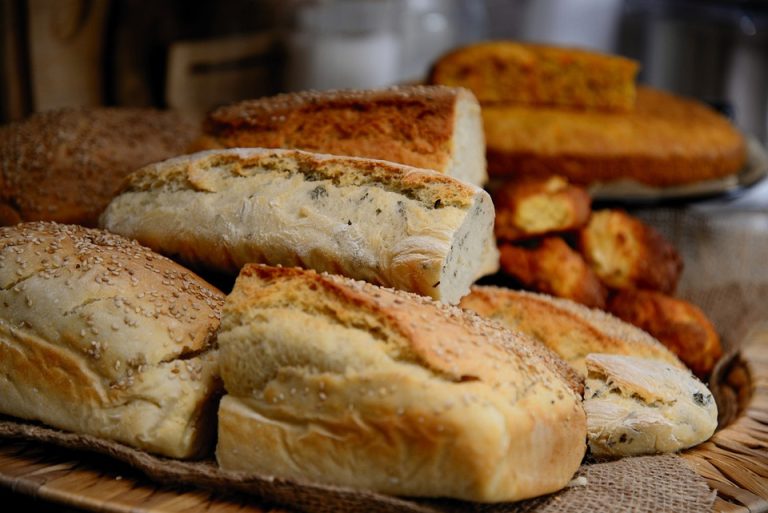
There’s nothing quite like the aroma of freshly baked bread wafting through the kitchen. Homemade bread is a staple in many households, and for good reason. Not only does it taste delicious, but it can also be a great source of essential nutrients and energy. However, if you’re watching your caloric intake, you may be wondering just how many calories are in that slice of homemade bread. In this comprehensive guide, we’ll break down the caloric content of homemade bread and provide some tips for making healthier versions.
When it comes to the caloric content of homemade bread, there are a few factors to consider. The type of flour used, added ingredients like sugar or fats, and portion size all play a role in determining the calorie count. However, as a general rule of thumb, a standard slice of homemade bread can contain anywhere from 70 to 100 calories.
One of the main factors that contribute to the caloric content of homemade bread is the type of flour used. White flour tends to be higher in calories compared to whole wheat or multi-grain flours, as it has been stripped of its natural fiber and nutrients. Whole wheat flour contains more fiber and nutrients, which can help you feel fuller for longer and provide a more sustained source of energy. As a result, whole wheat or multi-grain breads may have a slightly lower calorie count.
In addition to the type of flour, the addition of sugar, oil, or butter can also increase the caloric content of homemade bread. While these ingredients can enhance the flavor and texture of the bread, they can also add extra calories. Using natural sweeteners like honey or maple syrup, and healthier oils like olive or coconut oil, can help reduce the caloric content while still providing great flavor.
The portion size of your homemade bread also plays a role in the caloric content. A larger slice will obviously contain more calories compared to a smaller one. Keeping an eye on portion sizes and being mindful of how much bread you’re consuming can help you better manage your calorie intake.
If you’re looking to make healthier homemade bread, there are a few tips you can keep in mind. Using whole wheat or multi-grain flour, reducing the amount of added sugar or fats, and incorporating nutrient-dense ingredients like nuts, seeds, and dried fruits can help boost the nutritional value of your bread while keeping the calories in check.
In conclusion, the caloric content of homemade bread can vary depending on the type of flour used, added ingredients, and portion size. By making mindful choices when it comes to ingredients and portion sizes, you can enjoy the deliciousness of homemade bread while also keeping your caloric intake in check. With a little creativity and experimentation, you can create homemade bread that not only tastes great but also supports your health and wellness goals.